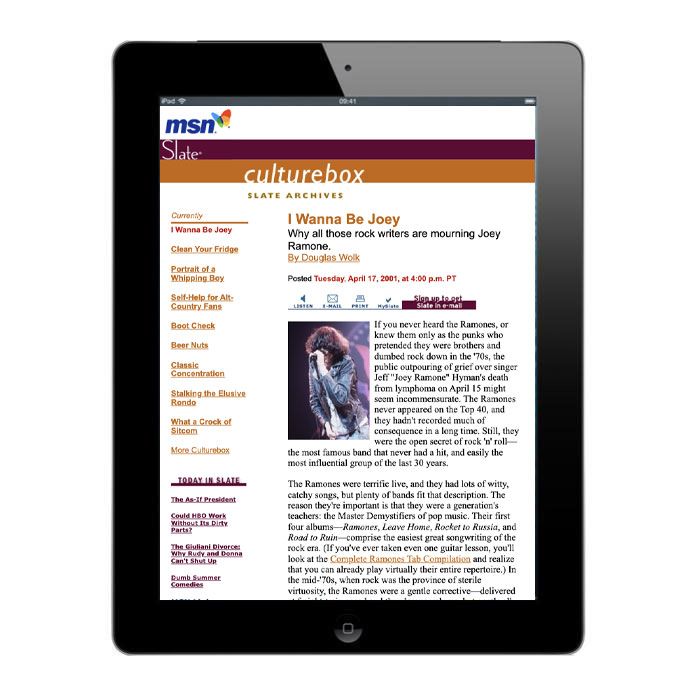An introduction to visual storytelling

By Kiera Abbamonte
In the early 2000s, this is what passed for visual storytelling on the web:
The elements are familiar. Some sweet early web design and — if you're lucky— one or two blurry or pixelated images sprinkled throughout.
Unless you had a team of developers ready to build and maintain a bespoke experience, this generic, cluttered, and visually uninteresting experience made up most of the web, most of the time.
It’s no wonder people turned to PDFs for their premium content, such as reports and visual narratives. Back then, there was no other way for most teams to produce immersive visual content, thanks to the built-in limits of bandwidth, browsers, and generic CMS's.
Today, that’s changing. Powerful and compelling visual stories are a lot more accessible. Just about anyone can build one—quickly, easily, and without code.
A great example comes from Cleary Gottlieb:
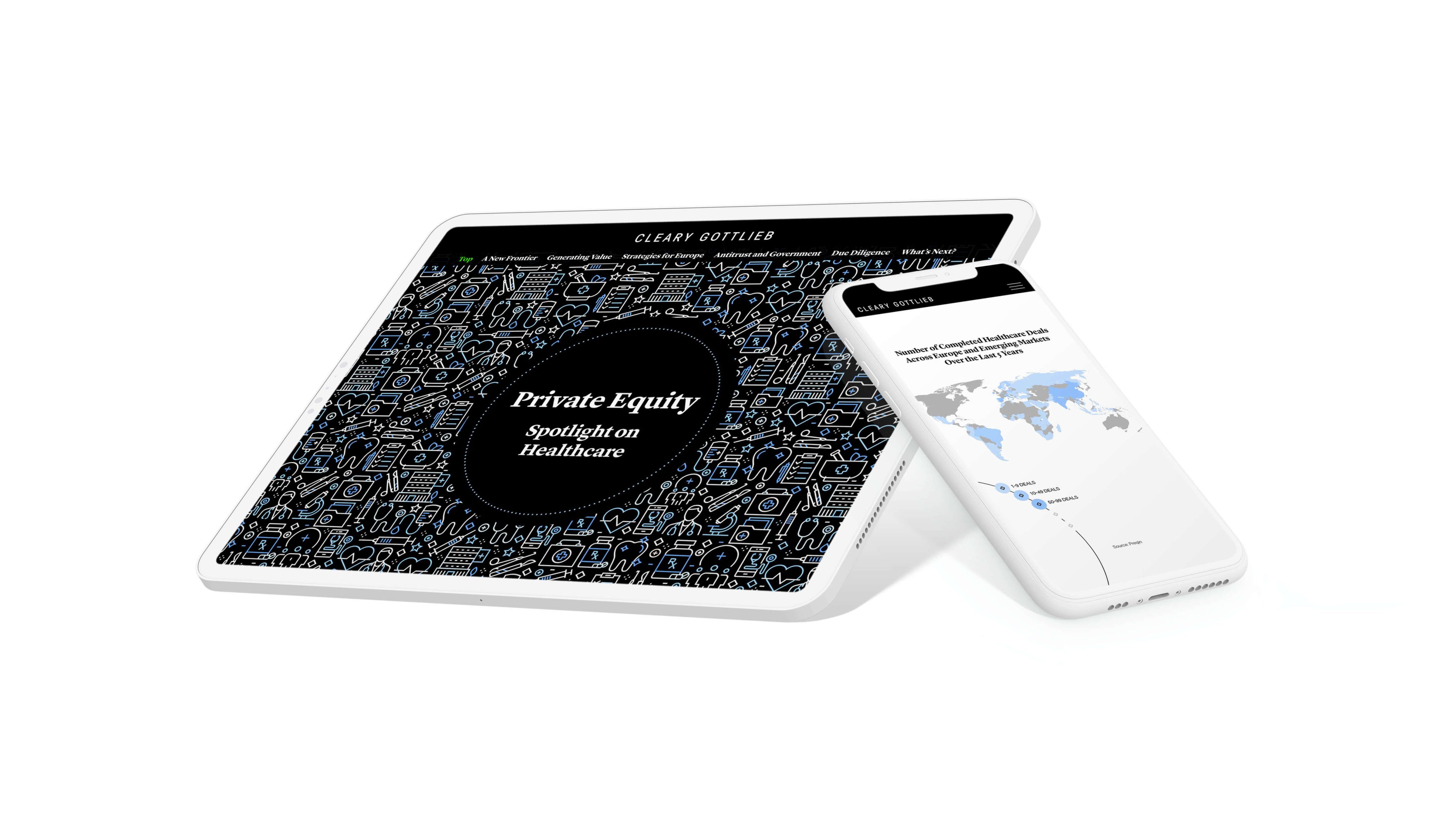
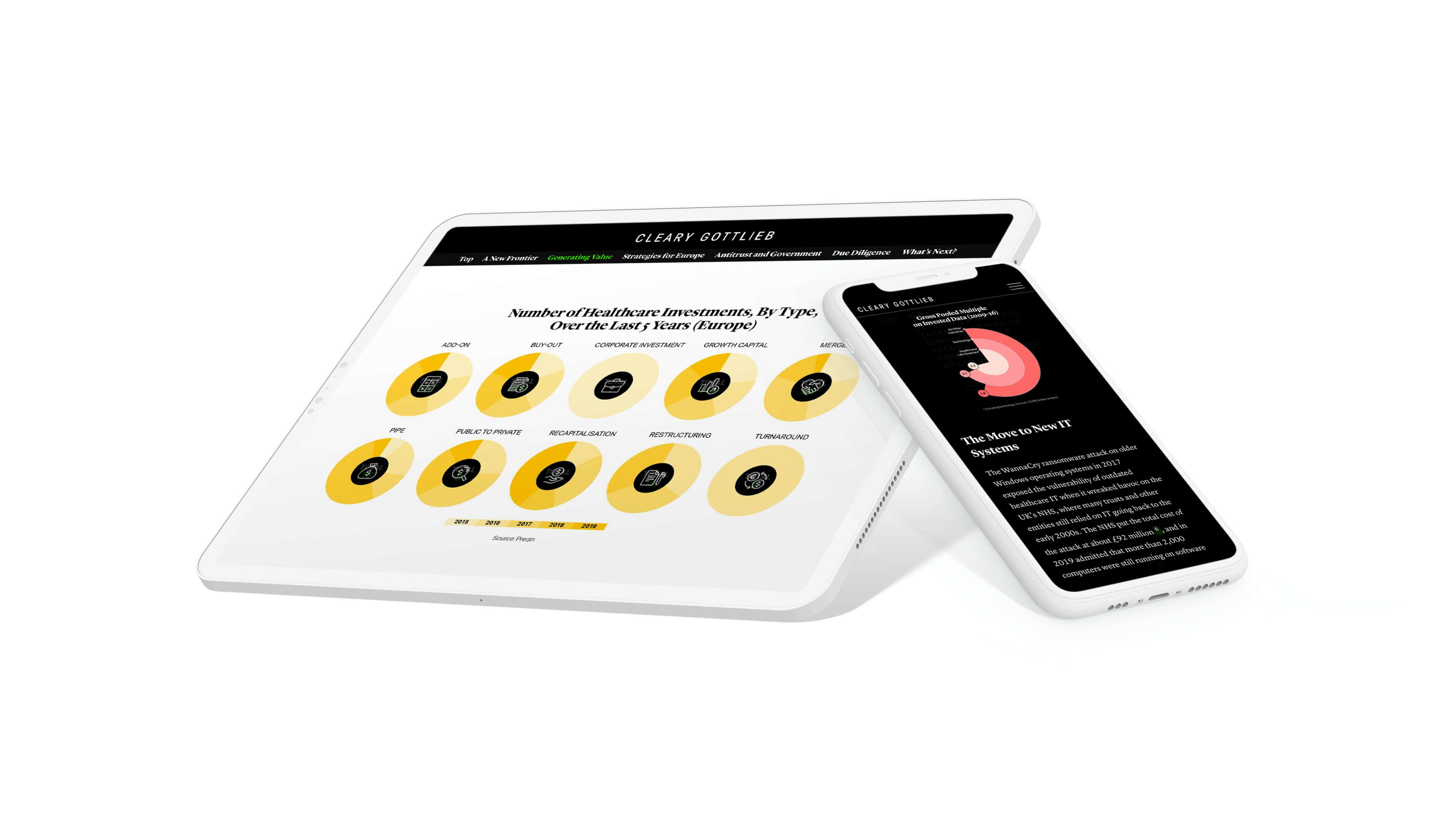
This report is immersive, interactive, and uses a variety of high-quality visuals — from graphs and maps to illustrations— to capture the audience's attention and make it easier to understand.
In the guide below, we cover:
- what visual storytelling is
- how it’s changed in recent years
- the benefits of great visual content, and
- types of visual storytelling.
What do the BBC, Tripadvisor, and Penguin have in common?
They craft stunning, interactive web content with Shorthand. And so can you! Create your first story for free — no code or web design skills required.
Sign up now.
What is visual storytelling?
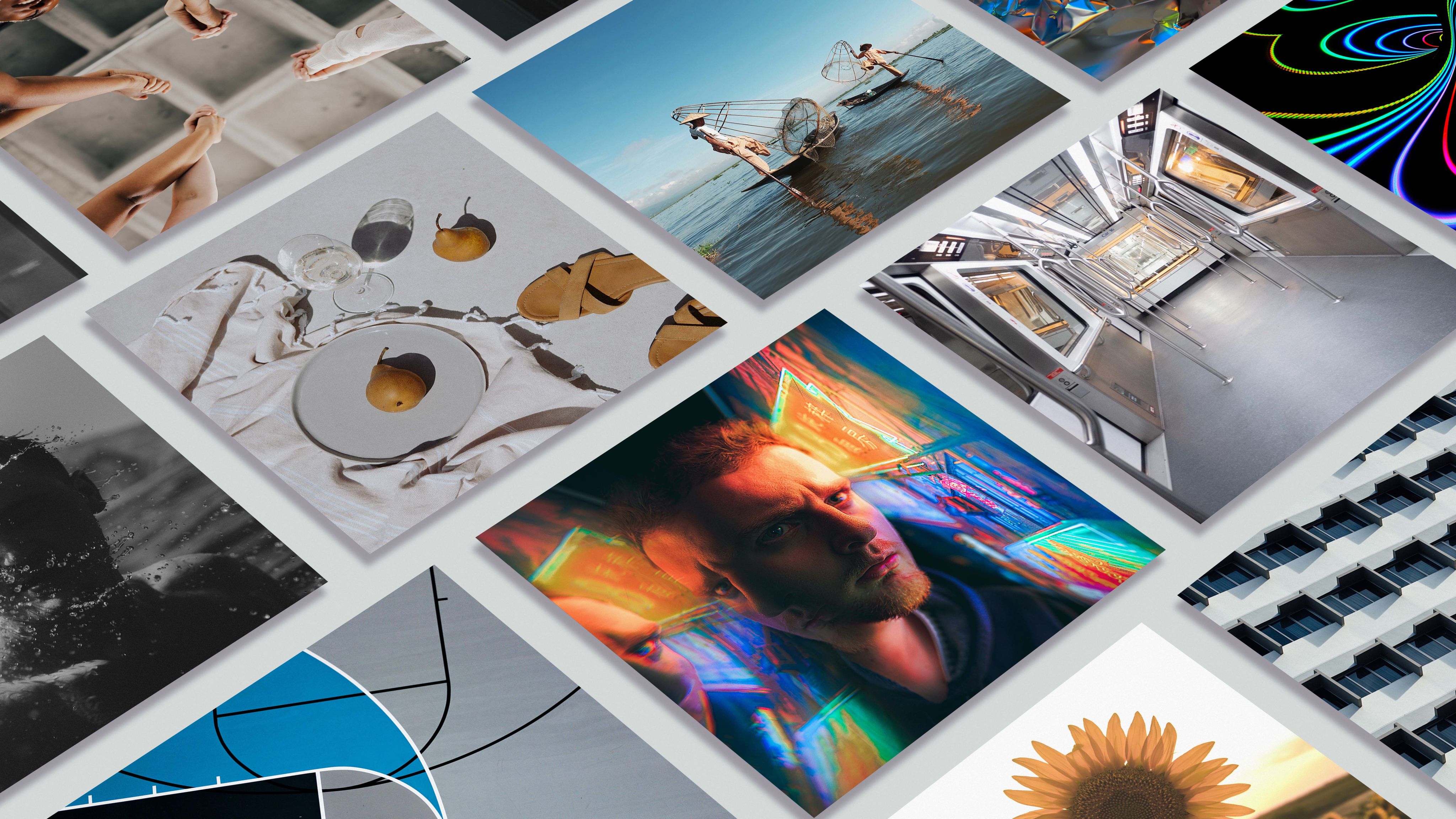
Visual storytelling uses visual media, such as photos, illustrations, and video, to communicate information. It’s used by all kinds of people—from marketers to journalists to scientists—for a number of reasons:
- Some concepts are best explained through a visual medium
- Images and interactive content makes data and more complex information easier to understand
- Human brains process visual information much faster than written text
- Visual stories keep audiences engaged and help break up walls of text
This is one reason why social media platforms that use visual storytelling techniques (like Instagram and TikTok) have so many more users than Twitter. It’s why video marketing continues to grow year after year. And it’s why, on any given weeknight, you’ll find a lot more people watching TV than reading a book.
Visual stories include photographs, videos, illustrations, infographics, data visualisations, gifs, and other graphics to convey key parts of the overall story.
Looking for photos and illustrations for your visual story? Check out our roundup of the best free stock photo sites on the web.
How has visual storytelling changed?

Until recently, the technology to create truly engaging visual content for the web quickly and easily didn’t exist. Creating stunning visual stories was downright impossible when the internet first started. We didn’t have the bandwidth, the software, or the browser capabilities to support high-quality visuals and dynamic content.
As the web developed, visual storytelling became possible, but it still required extensive technical resources to manually code each story. That led marketers and other storytellers to the PDF, which offered some degree of freedom from the constraints of limited developer time and control over how audiences see and consume visual content.
But there are a lot of problems with using PDFs to deliver your visual stories. They’re cumbersome, clunky, and add friction for your audience. Plus, PDFs only support static images, which limits what you can do with visual storytelling.
Today, digital storytelling tools offer a much better, more capable, and easier option. With the help of no-code platforms like Shorthand, content creators can build stunning, interactive visual stories—without code and without the limitations of a PDF. Using templates and easy-to-use content blocks, anyone can arrange the visual elements of their web story without writing a line of code.
This is why immersive visual storytelling is becoming a critical part of the content marketing strategy for high-performing teams.
The benefits of great visual storytelling

Visual storytelling helps creators tackle topics and concepts that are difficult to convey with words alone. But beyond that, there are real, tangible benefits to visual stories.
At Shorthand, we’ve seen interactive visual stories lead to better results, including:
- Better engagement
Images like photos, illustrations, maps, and charts draw the eye and are more likely to keep your audience engaged. - Higher time on page
More engagement means more time spent with your content, boosting time on page. - Higher clickthrough rates (CTR)
More engaged audiences are more likely to take action. - Improved search performance
Higher time-on-page, lower bounce rates, more clickthroughs, and having the bulk of content directly on the page (instead of hidden away in a PDF) all combine to tell search engines that your content is answering the search intent of the reader, and thus deserves to be ranked more highly. - Improved recall
Human brains remember a lot more of what we see than what we hear or read.
Types of visual stories

“Visual storytelling” is a broad, umbrella term. In reality, it encompasses several different categories of content. Let’s walk through some of the most common ones.
Longform feature stories
Despite talk of withering online attention spans, longform content is having a heyday. The best performing digital content is estimated to be between 2000 – 10,000 words. Some topics require more room to breathe—and the performance of longform content proves audiences are happy to stick with it.
Want an example? Take a look at this impressive investigative feature story on Russian mercenaries fighting in Libya.
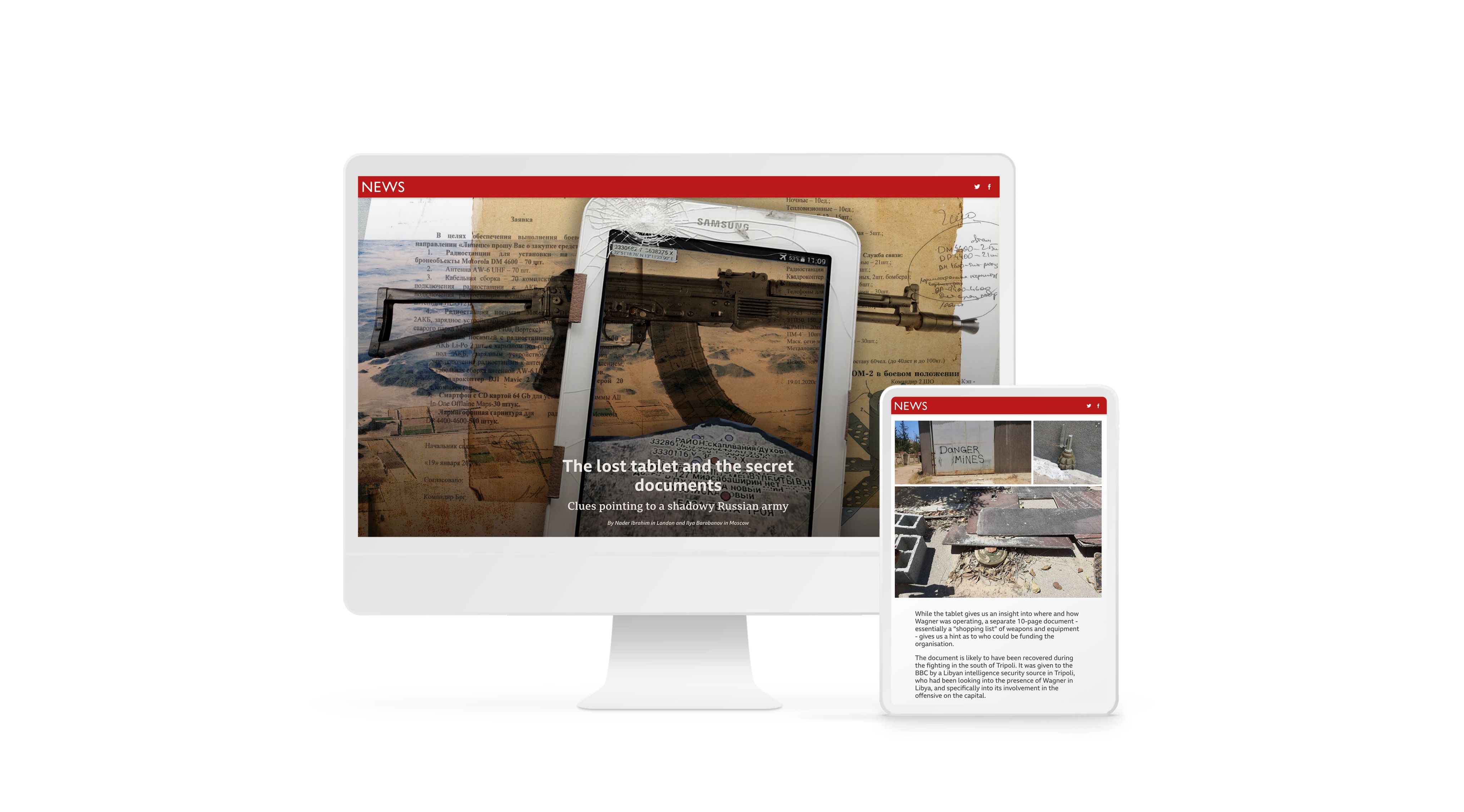
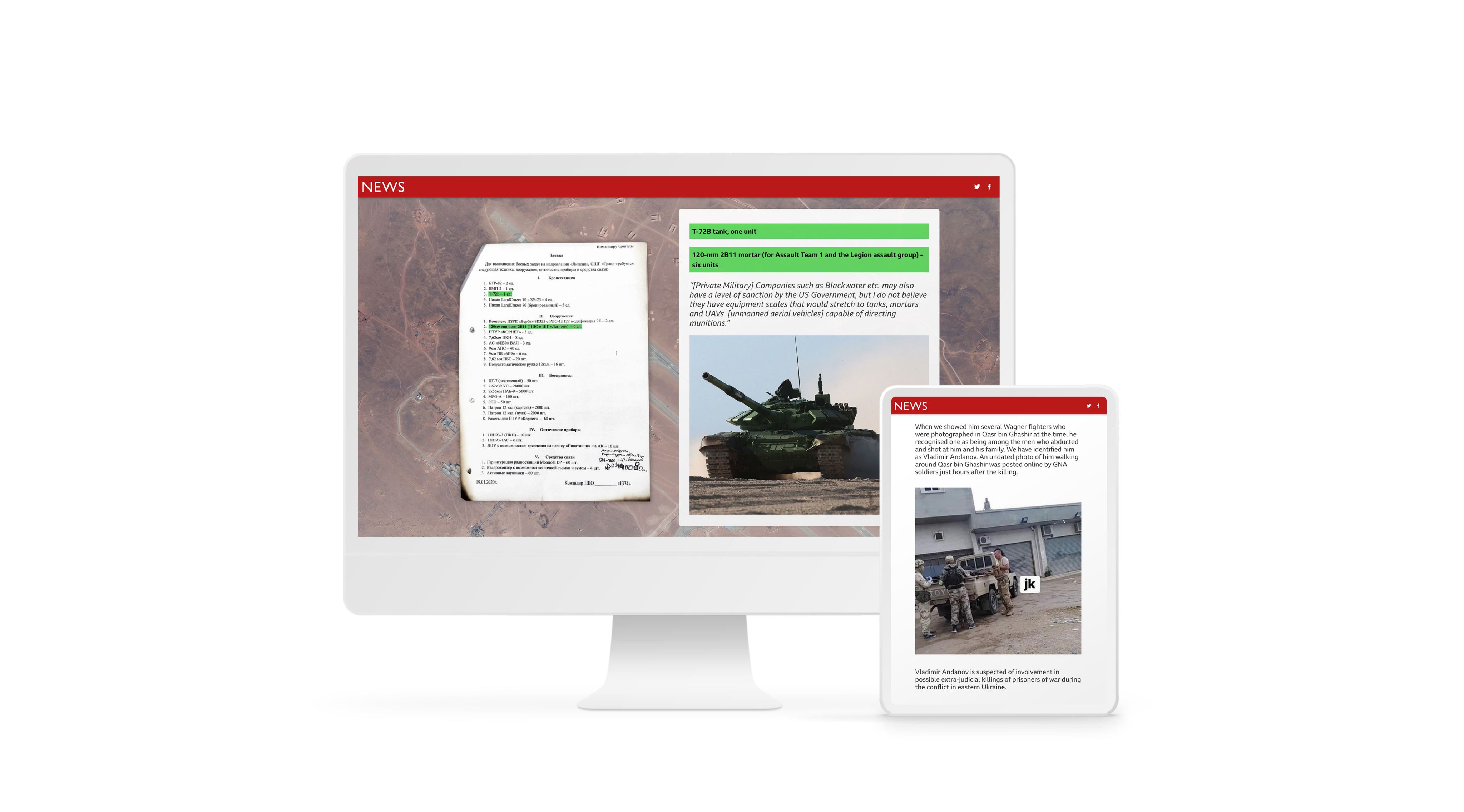
Annual reports
Annual reports typically detail a nonprofit organisation’s performance over the course of a year. While they can be dull and text-heavy, there is also the potential for annual reports to be engaging visual stories.
Just look at how nonprofit Enabel turned its 2020 – 2021 annual report into an engaging and dynamic visual story that keeps their work and mission top-of-mind.
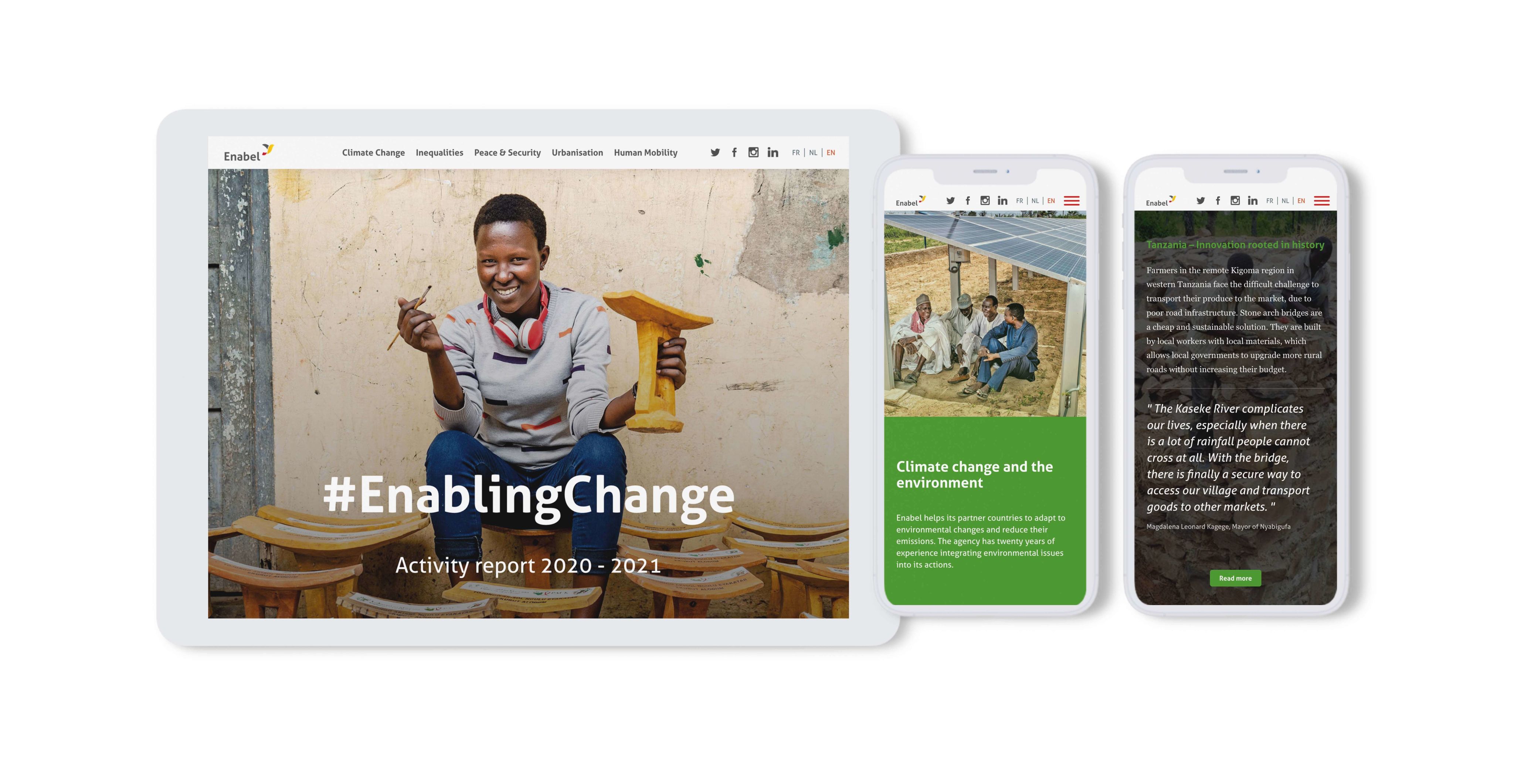
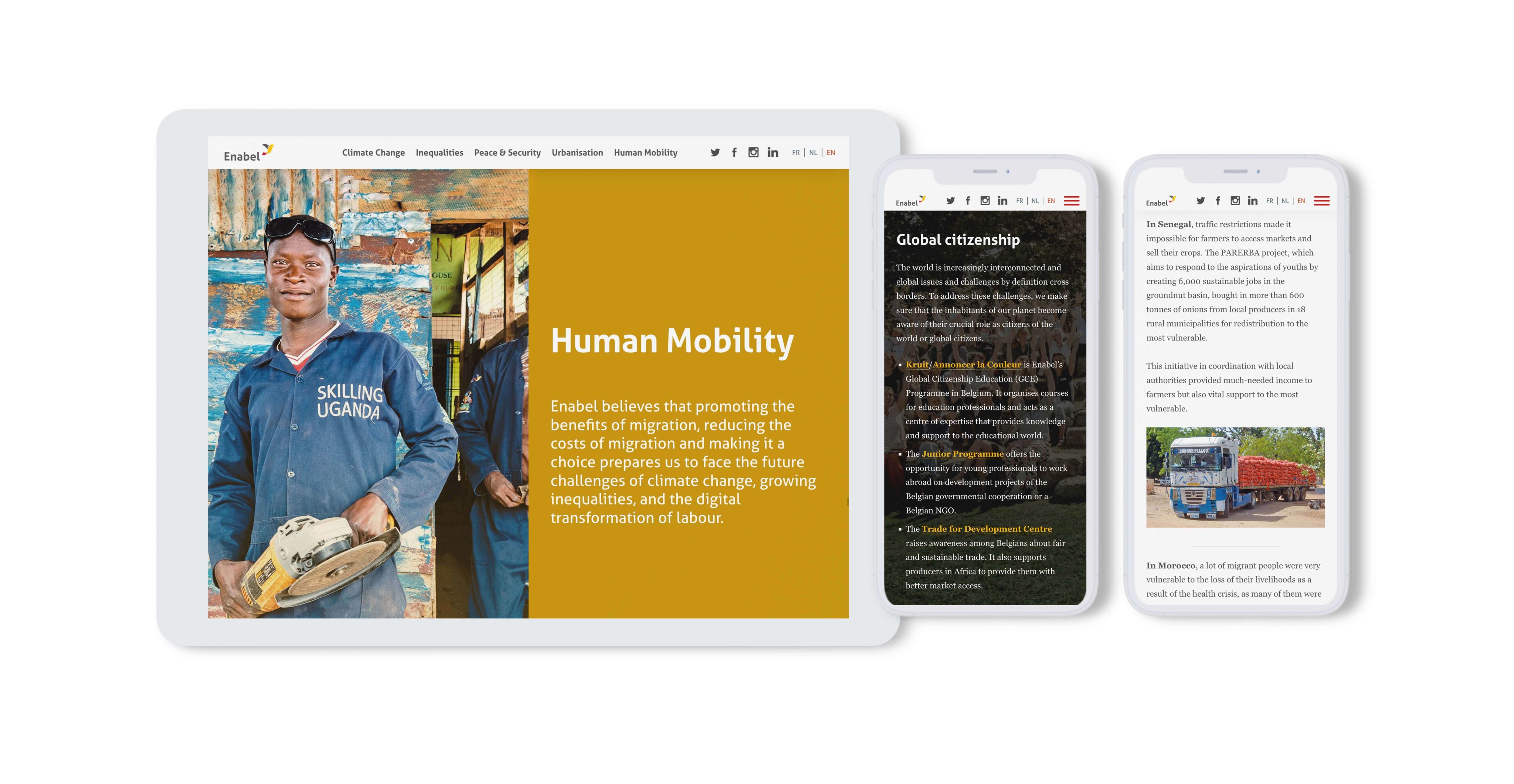
Photo essays
Photo essays are one of the most image-laden types of visual storytelling. They largely let photographs speak for themselves, with sparse written copy tying them together and guiding the audience through the images.
The Sydney Opera House published a great example of this in its story, Sydney Opera House at rest.
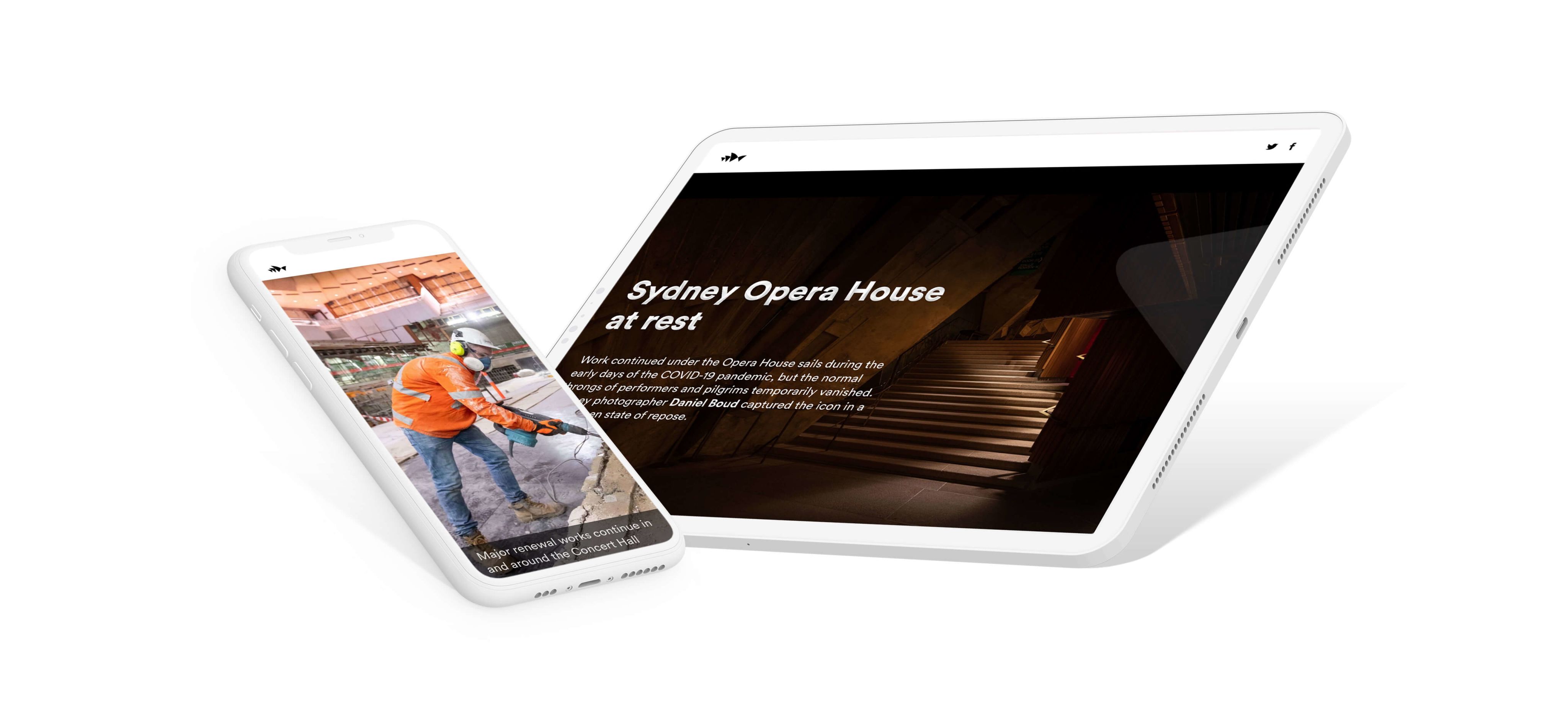
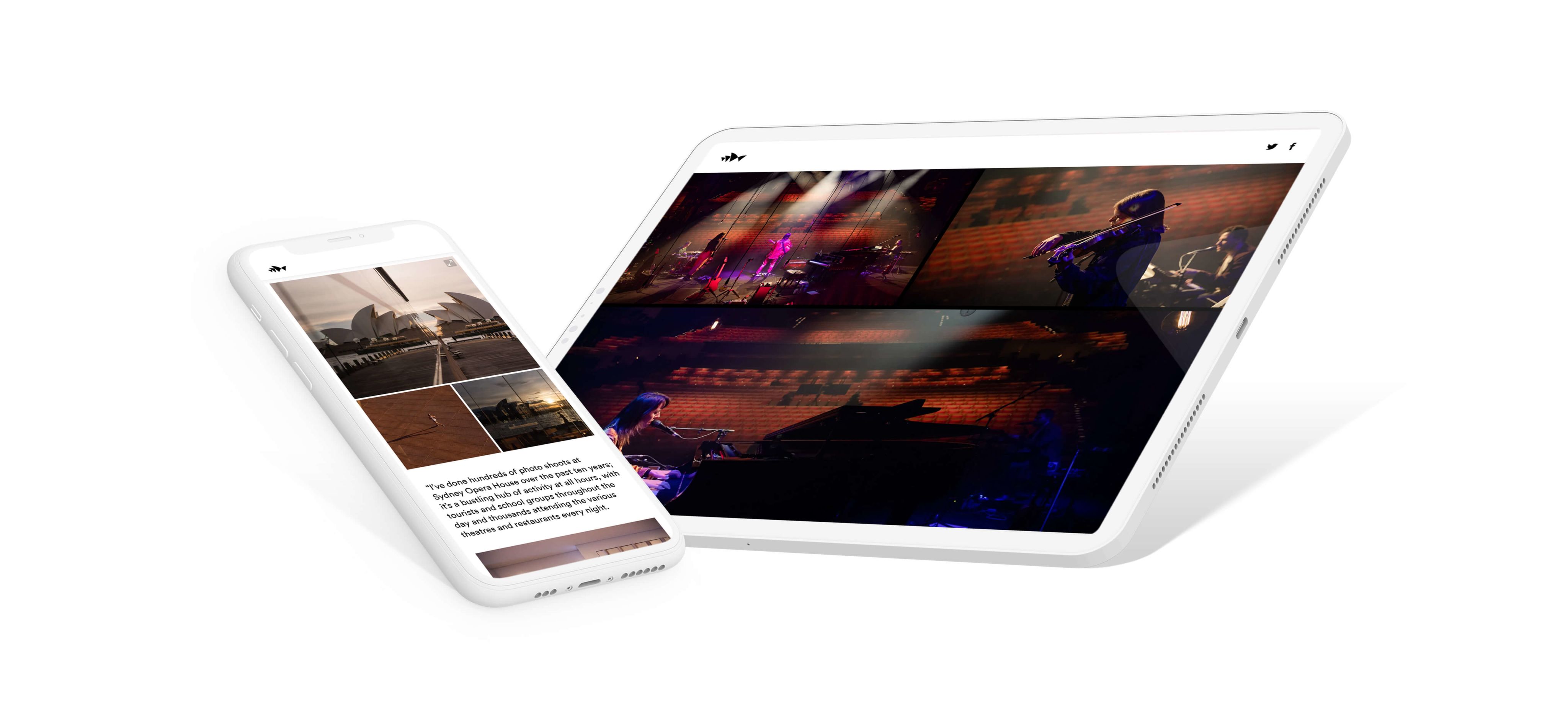
Data stories
Data stories use numbers to build a narrative. True data storytelling lets the data lead, using charts, graphs, and maps to help readers understand data more quickly and deeply.
The Hamilton Commission’s data story on Black representation in UK motorsports is a great example. The story uses images, maps, and excellent graphic design to make patterns in the data immediately clear.

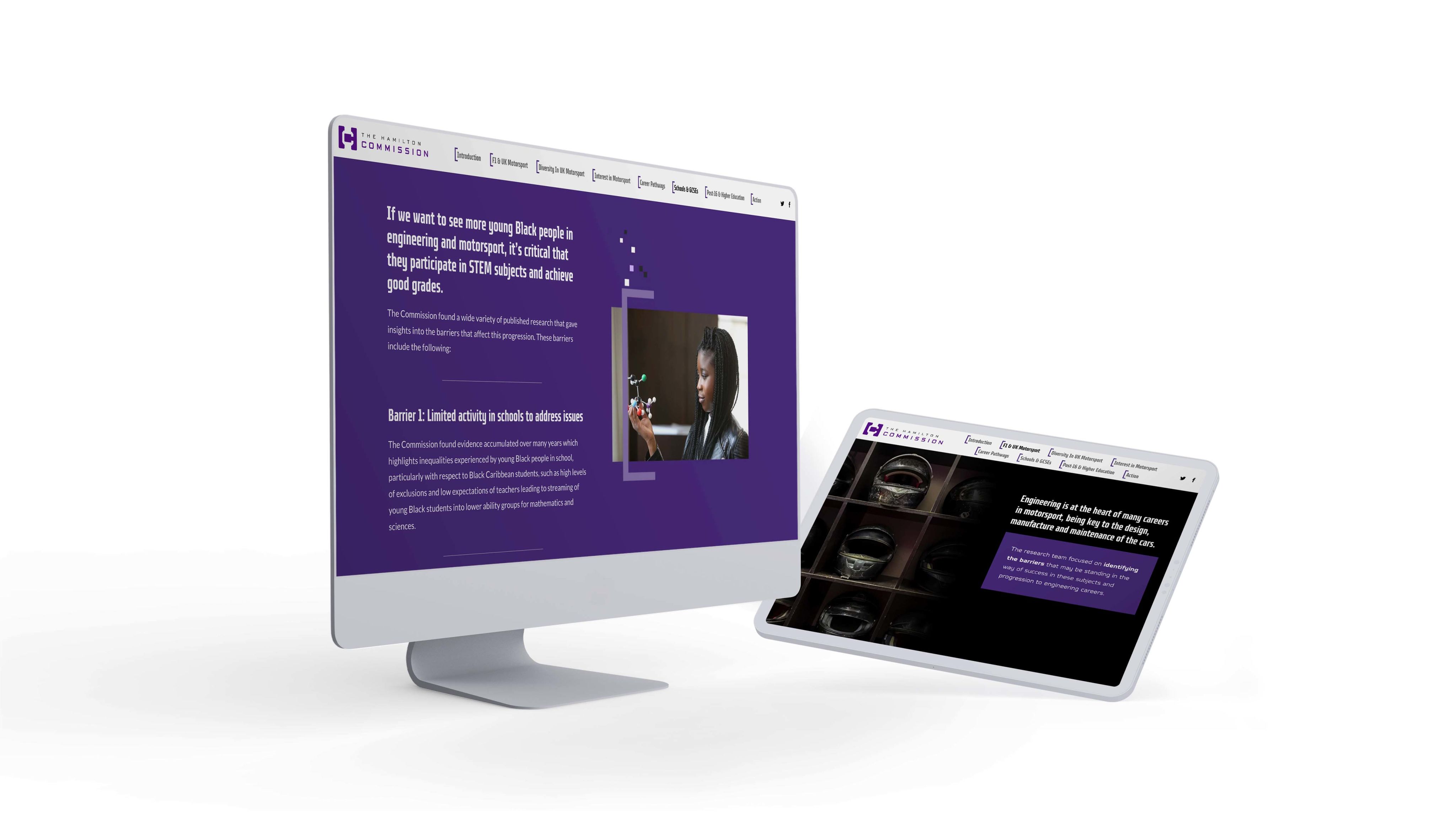
Internal marketing
With competition for top talent at a high, building and communicating a positive culture has never been more important for companies. Visual storytelling can play a huge role in your internal marketing efforts by pulling brand and cultural values into your internal communication.
Business analytics company RELX created a great example in their Pride and allyship across RELX story.
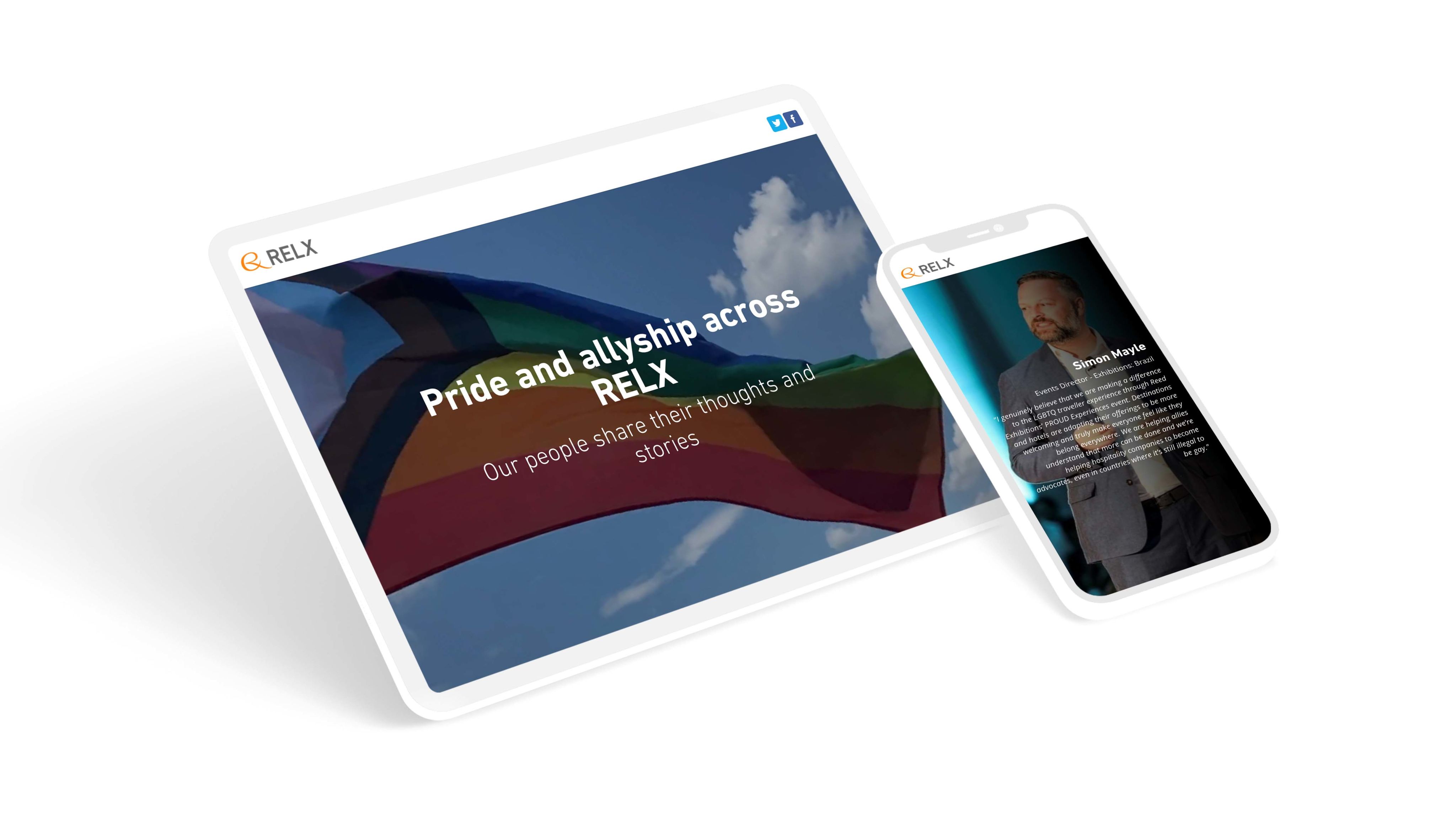
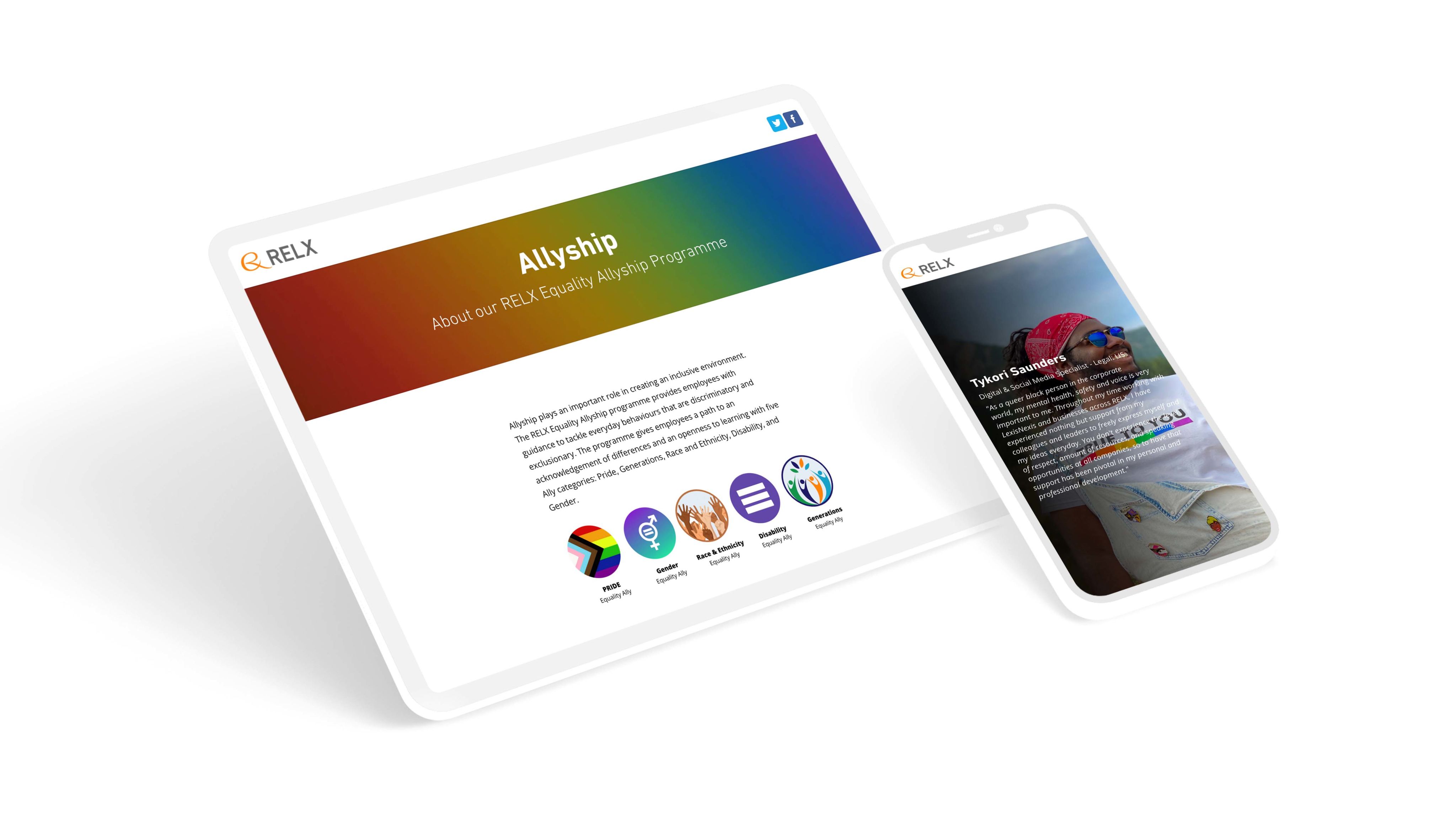
Sports marketing
Sporting events—from little league nail-biters to the Olympic Games—are immersive events. There are emotions there that are hard to properly convey with written content alone. That’s why visual, interactive sports marketing and stories are on the rise.
Just look at this in-depth account of Trevor Francis’ debut with Manchester City, a great example of the power of visual storytelling.
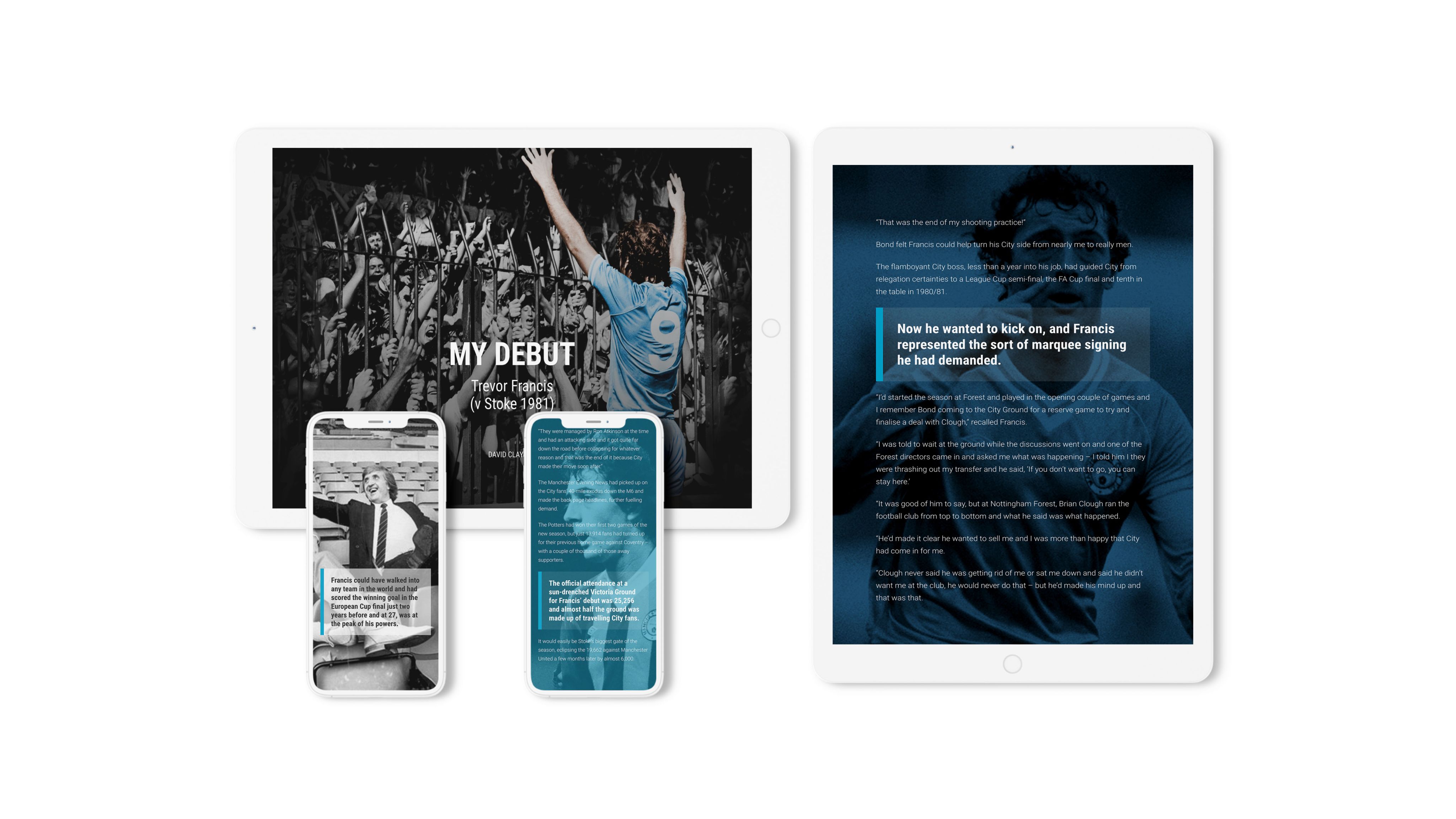
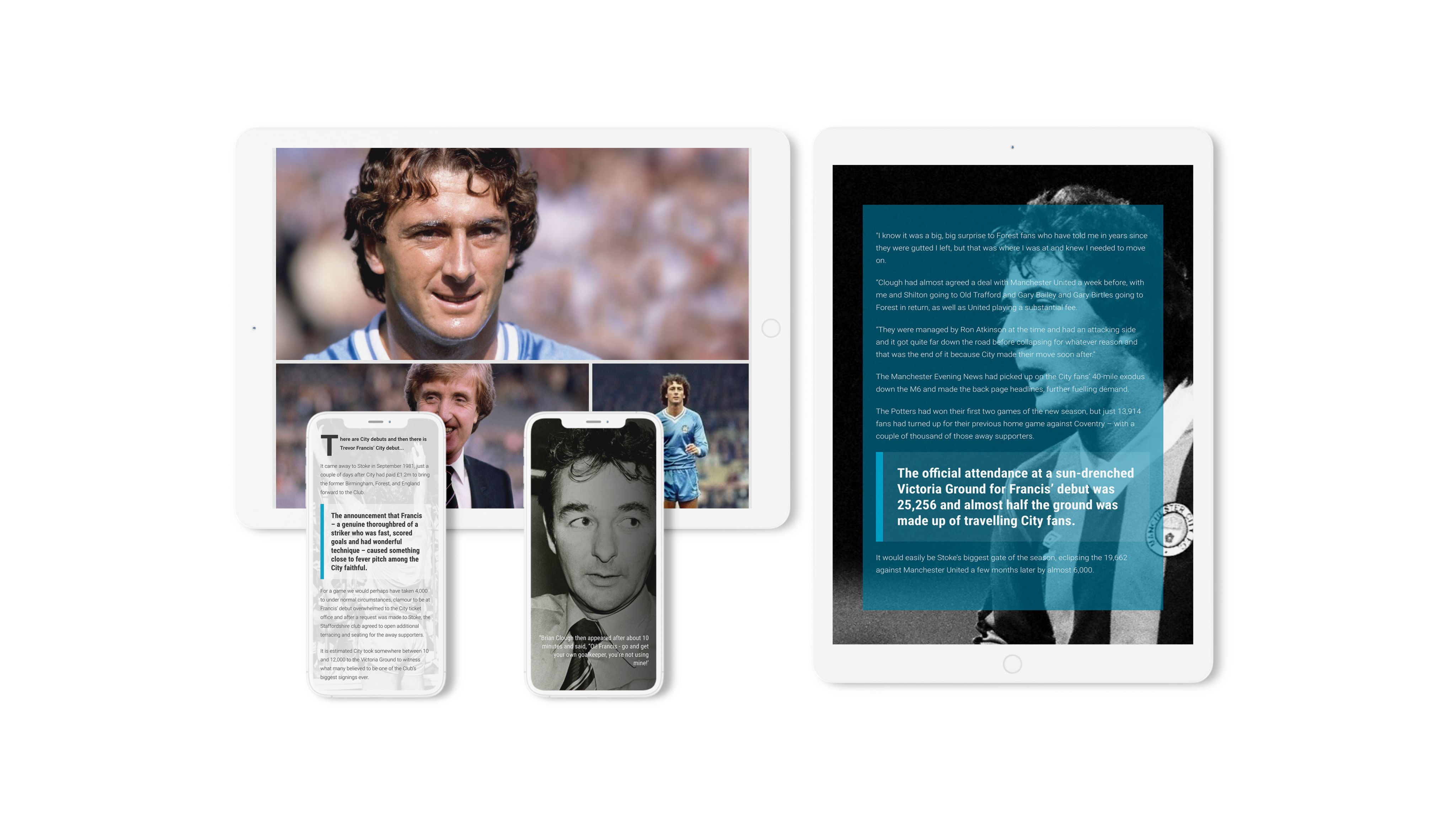
Science communication
Today, science stories aren’t exclusively relegated to obscure academic journals. From climate change to the COVID-19 pandemic and beyond, scientific communication is a part of our everyday lives. Visual storytelling offers a way to simplify complex scientific topics and make them more accessible to non-experts.
Take a look at this example from Nature: a story on the impact of the COVID-19 pandemic on hunger in Africa.
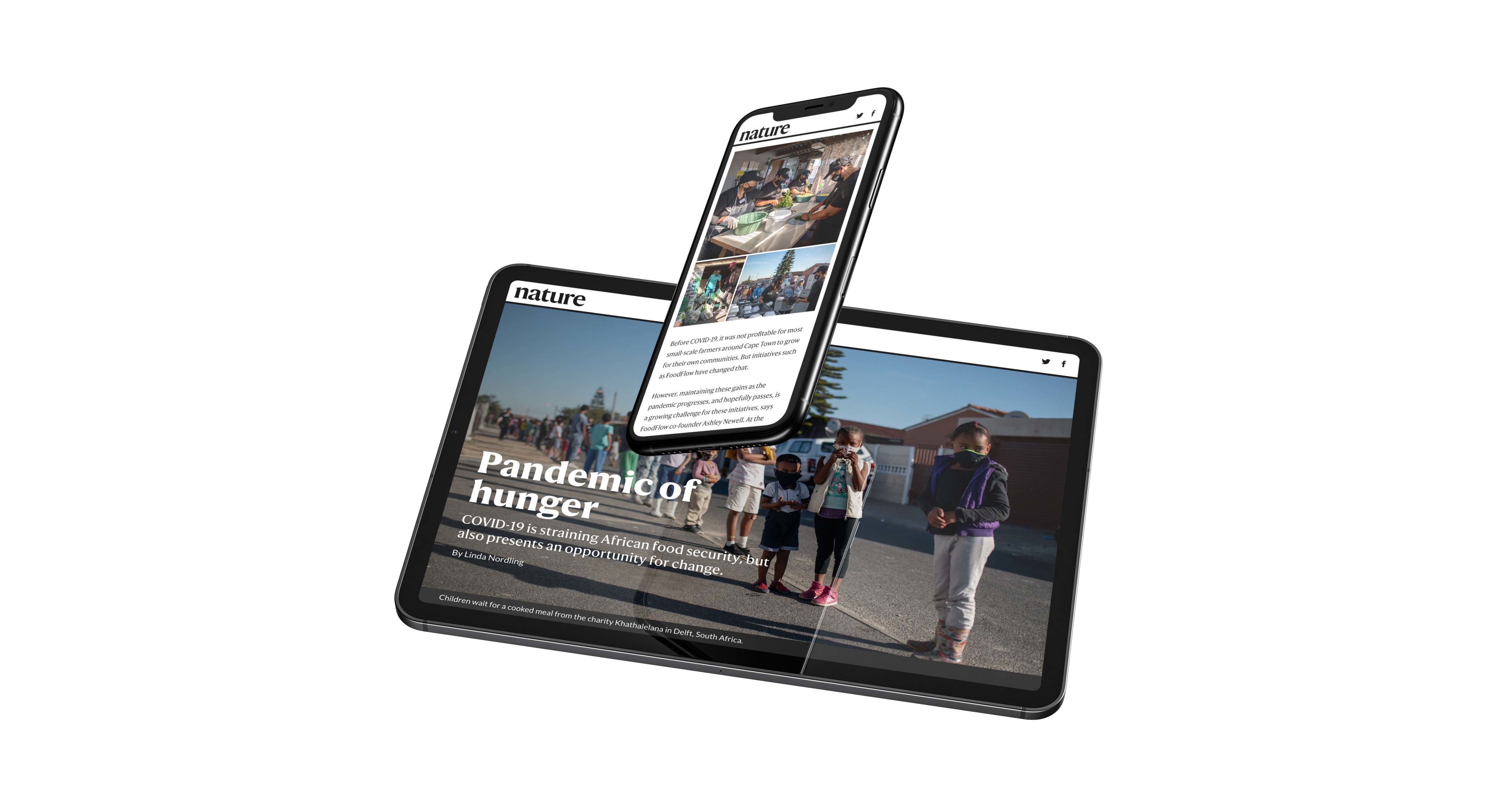
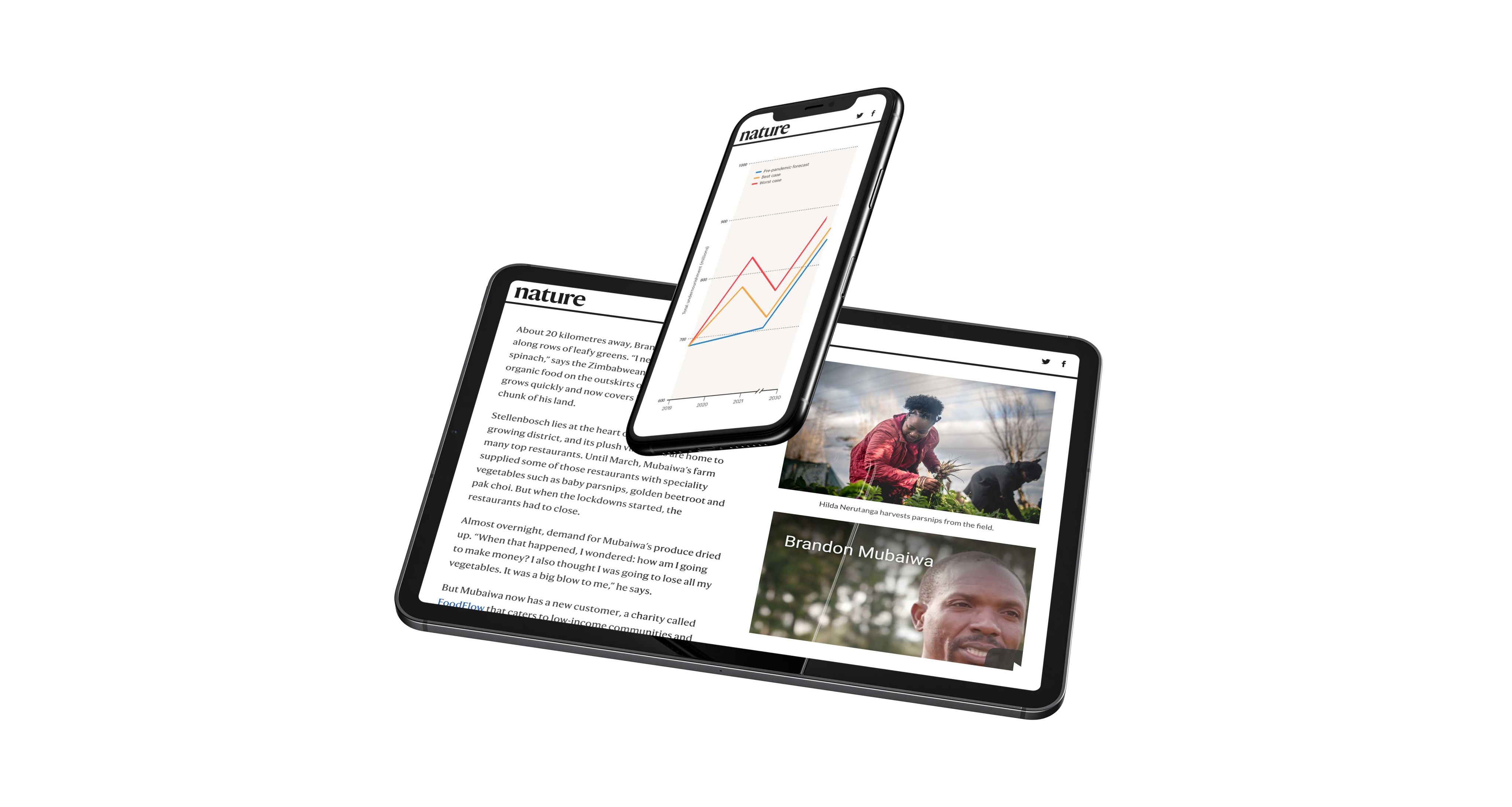
Research reports
In a bid to compete against the ever-growing mountains of content published online every day, many businesses and NGOs have moved to publishing in-depth research reports. When presented as visual stories, these can be incredibly engaging and compelling.
Consider this example from Penguin: the Lit in Colour report on inclusive reading in schools.
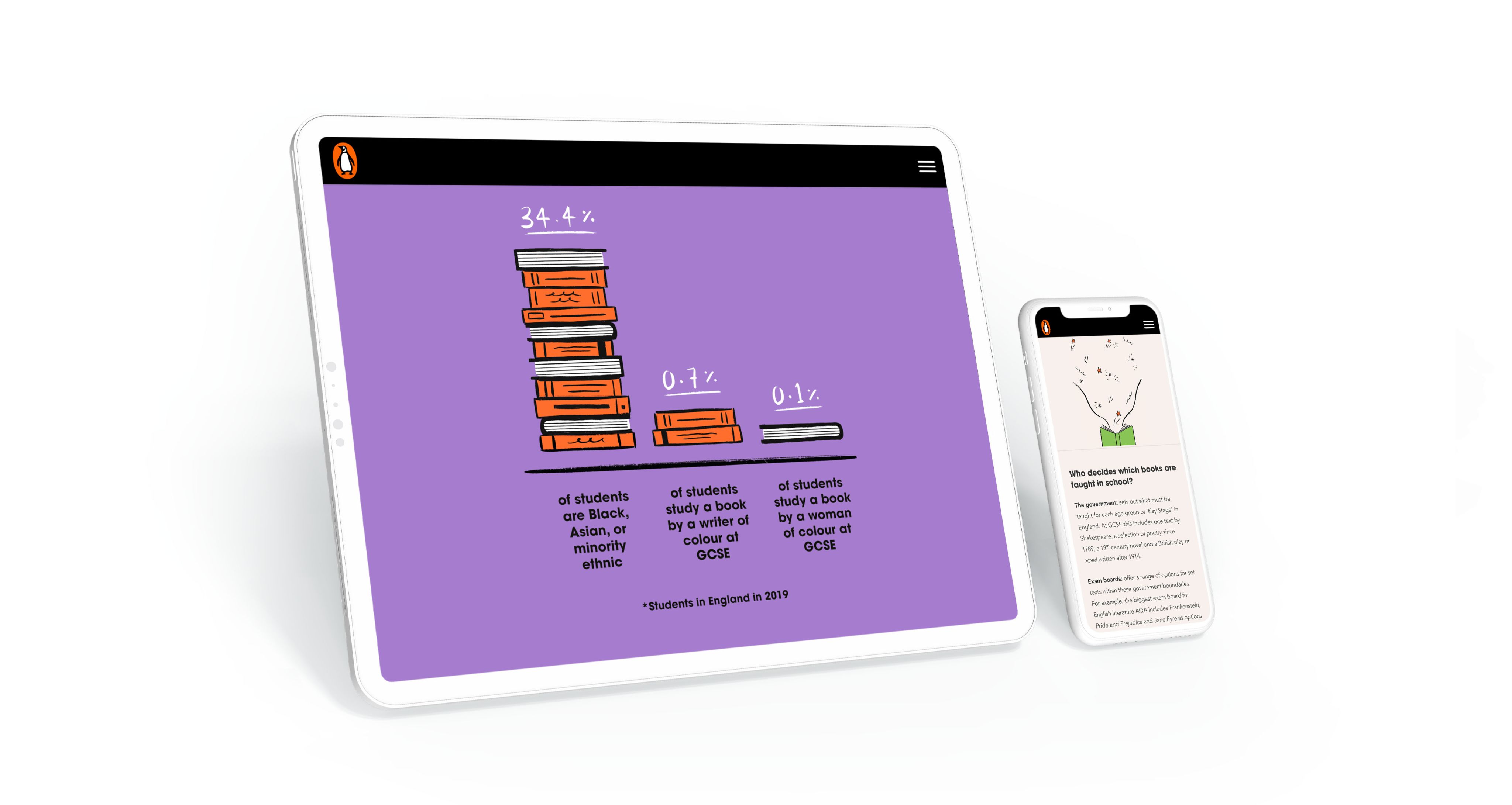
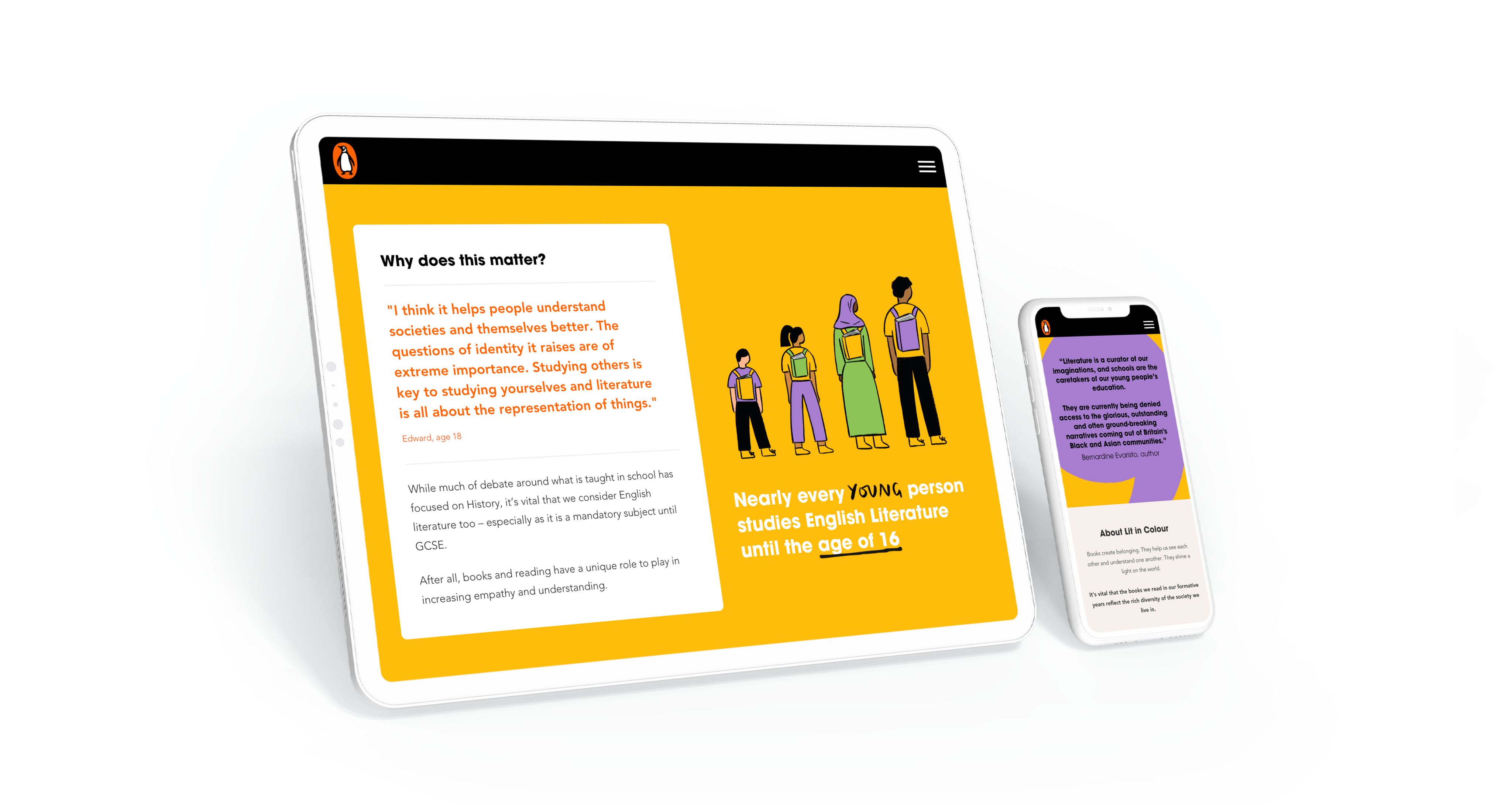
Sponsored content
Relatively speaking, today’s consumers are digital savants, often with a touch of cynicism. That means ads and marketing campaigns need to feel bigger than a brand—it needs to tell a story. Sponsored content is no exception.
This Adweek story sponsored by Facebook (and, coincidentally, talking about Stories) is a great example. It puts the story first, engages the audience with visuals, and doesn’t feel like an ad—even though it is.
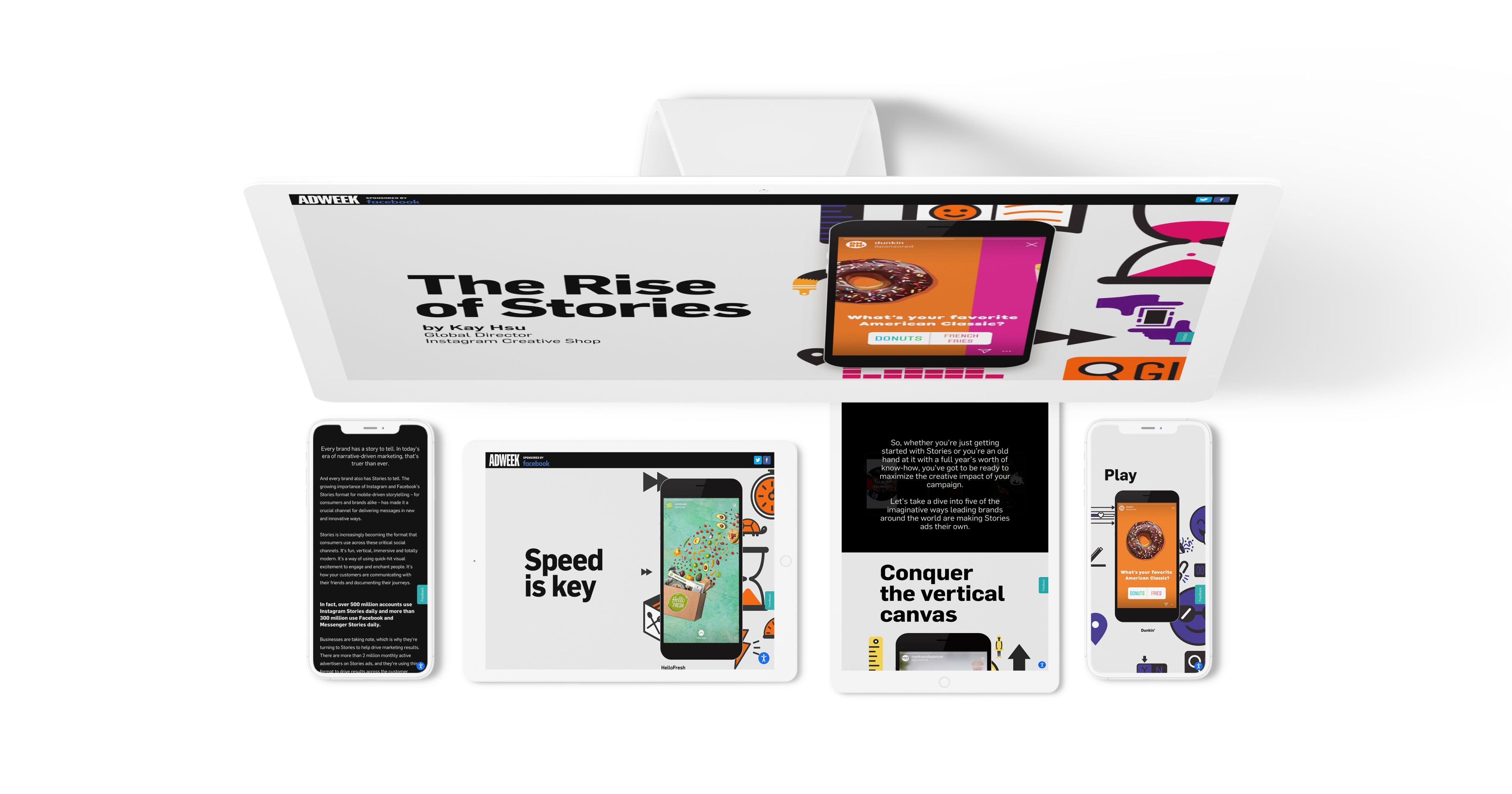
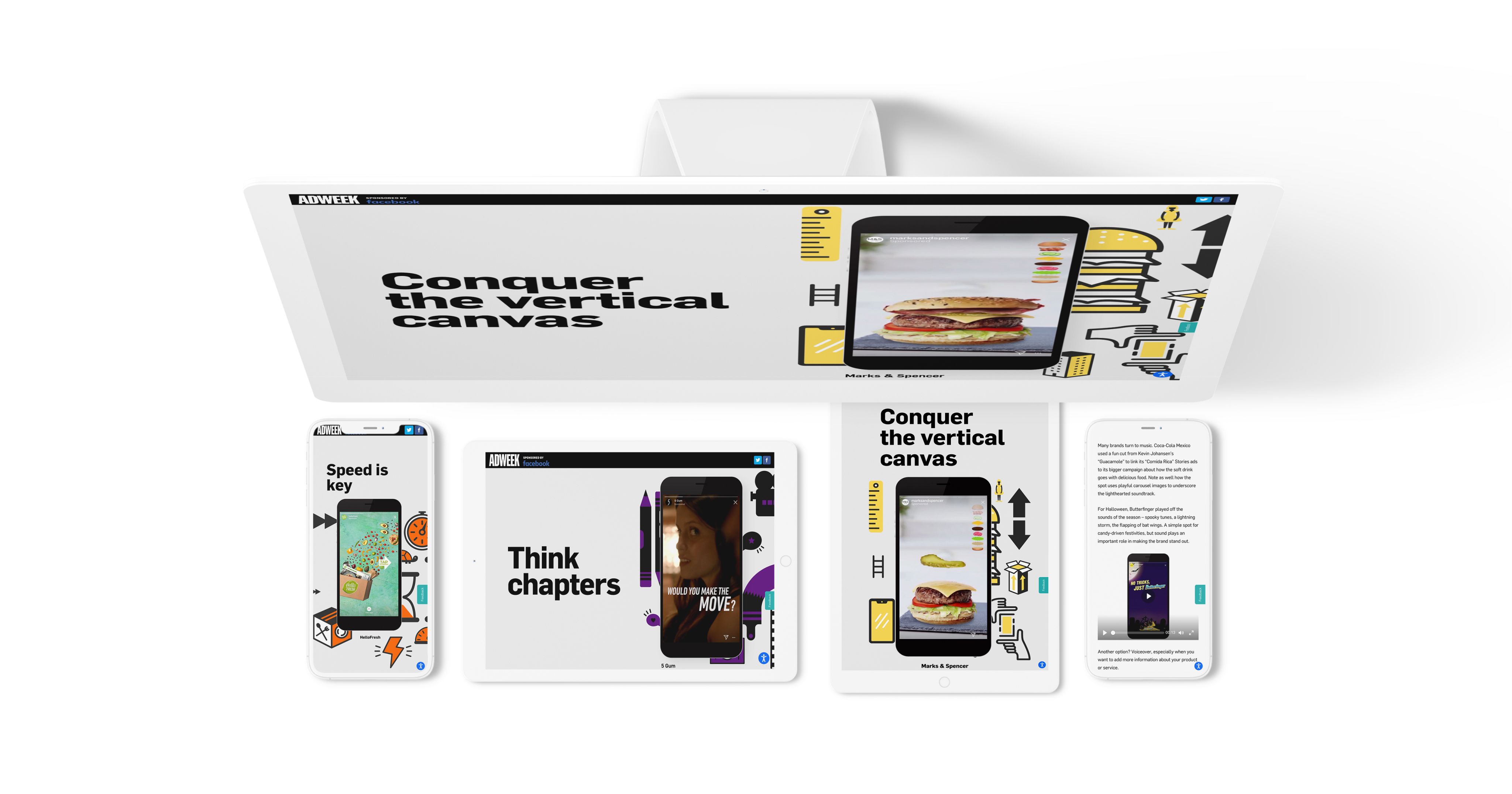
Virtual galleries
In recent years—thanks, in part, to the limitations of the COVID-19 pandemic—art galleries, museums, theaters, auction houses, and schools alike have taken their galleries into the virtual world. With today’s visual storytelling platforms, curators and gallery directors can create the same immersive and narrative-based experiences audiences would get in-person.
Consider this example from English Heritage: an in-depth look at a single Rembrandt that tells the story of Self-Portrait with Two Circles in a way that would be hard to pull off in a physical gallery space.
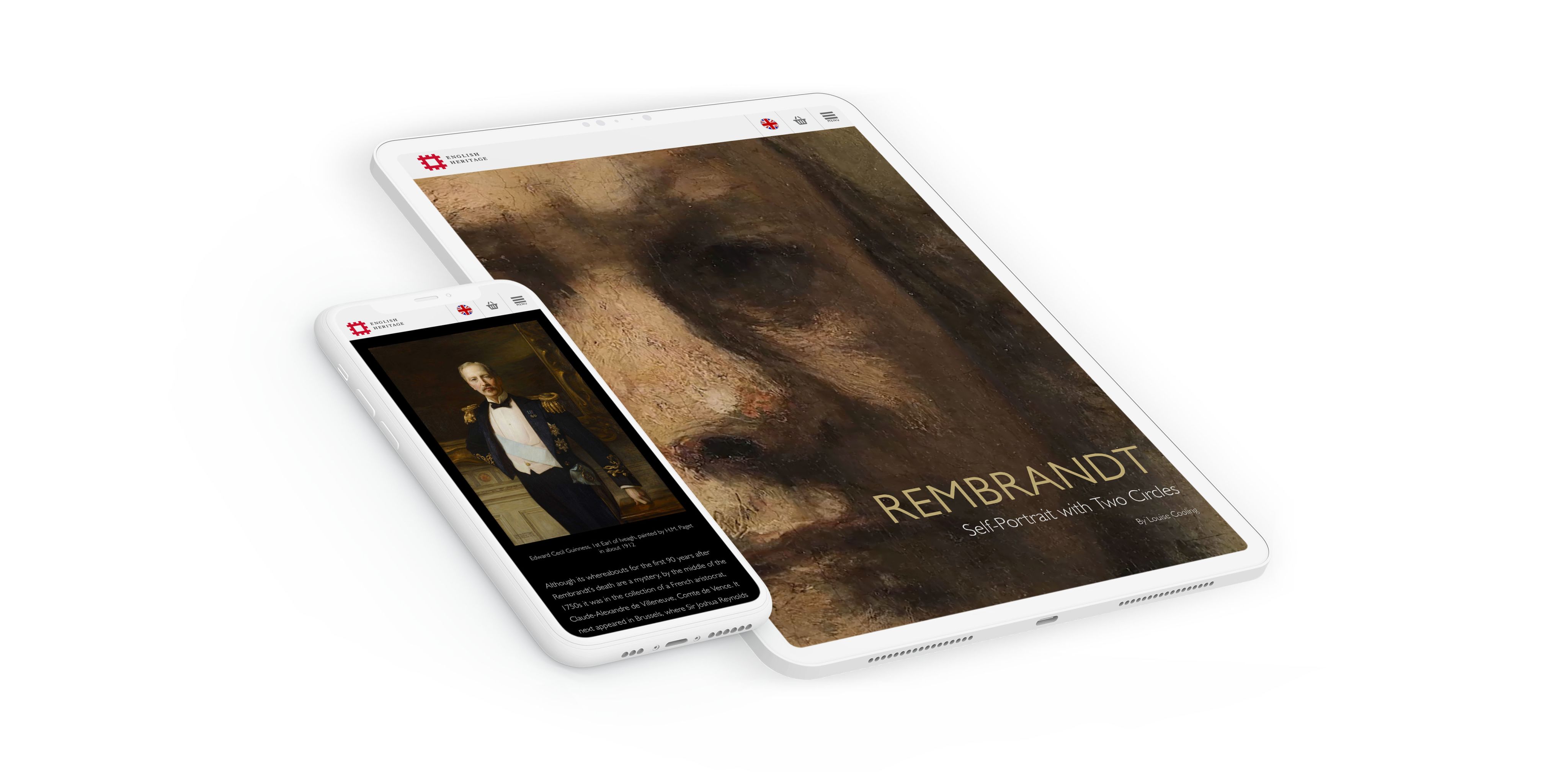
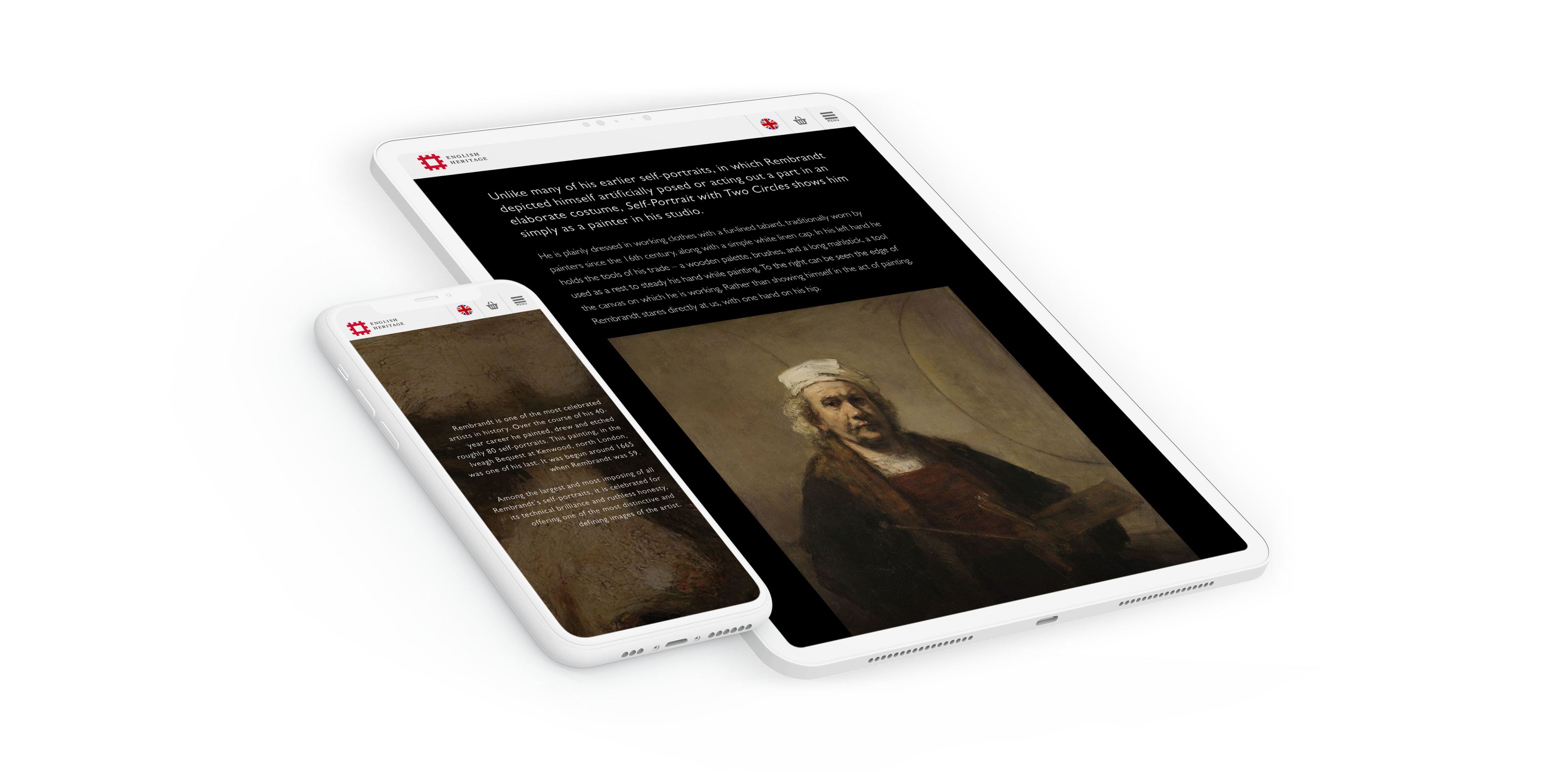
Product marketing
With more commerce moving online, marketers have to grapple with providing customers a true sense of the product—when they can’t reach out and touch it. Immersive visual storytelling is one way to do that.
This product marketing from Teknion is a perfect example. It combines in-depth product details with up-close visuals of the upholstery and frame materials and contextual photos to help shoppers visualise the product in their own space.
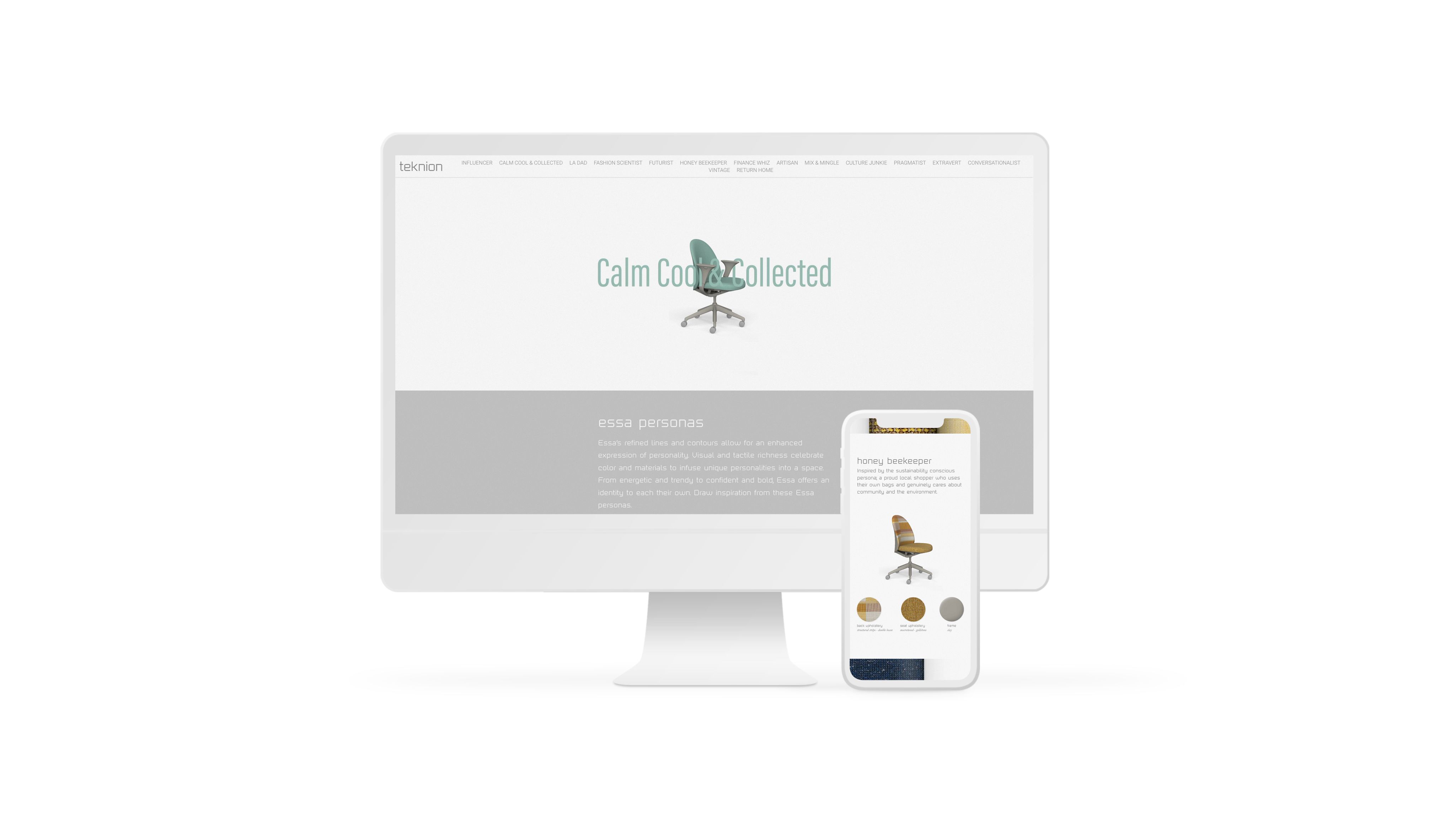
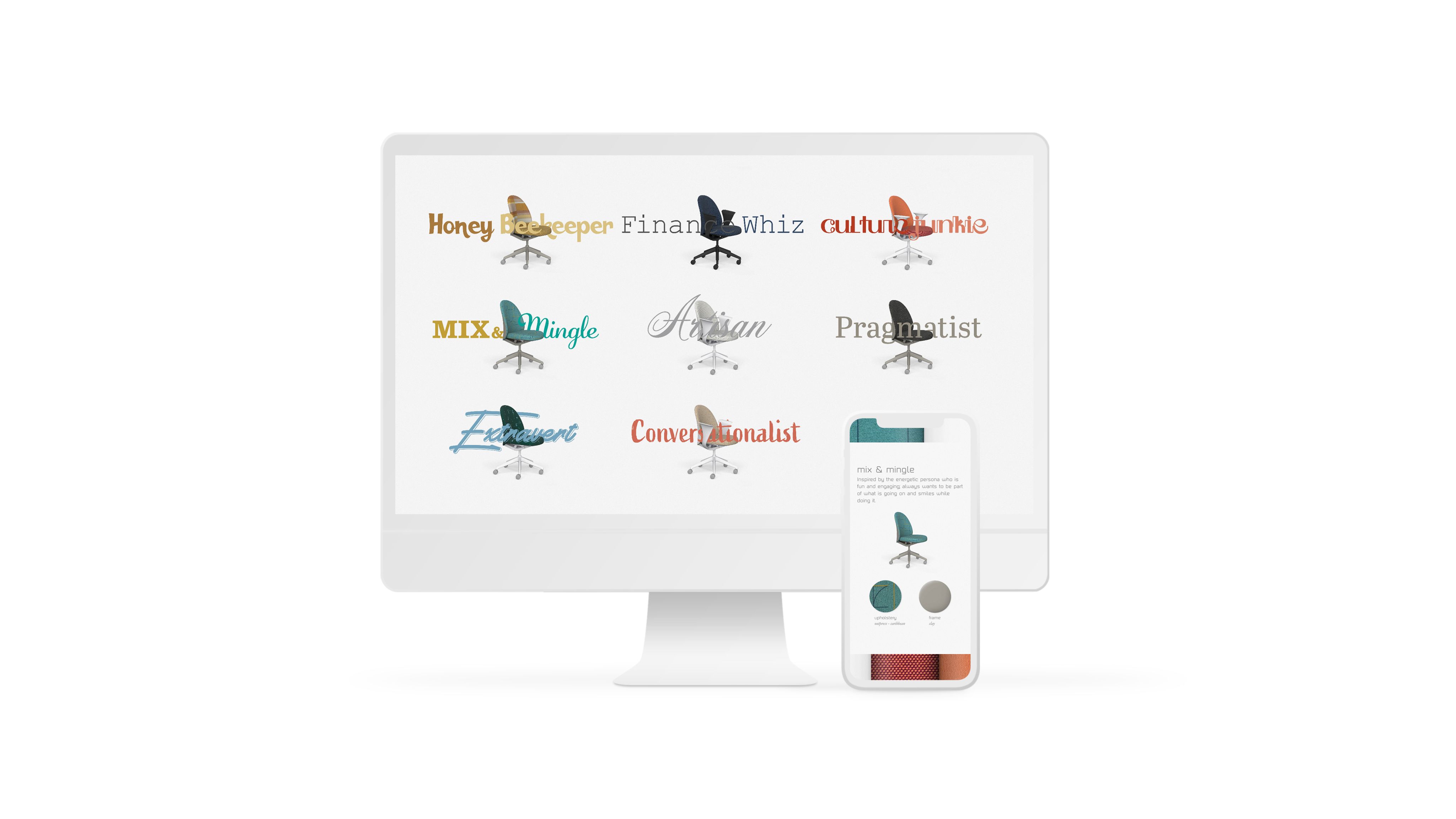
Brand storytelling
Brand storytelling, as a subset of content marketing, aims to convey a brand’s values and create an emotional connection between company and customer. It can take a lot of forms, from blog posts and landing pages to videos and podcasts.
Here’s an example from Honda. The Café Racer Revolution of the Sixties tells the story of how cafe racers developed while weaving in the history of Honda’s own brand and products.
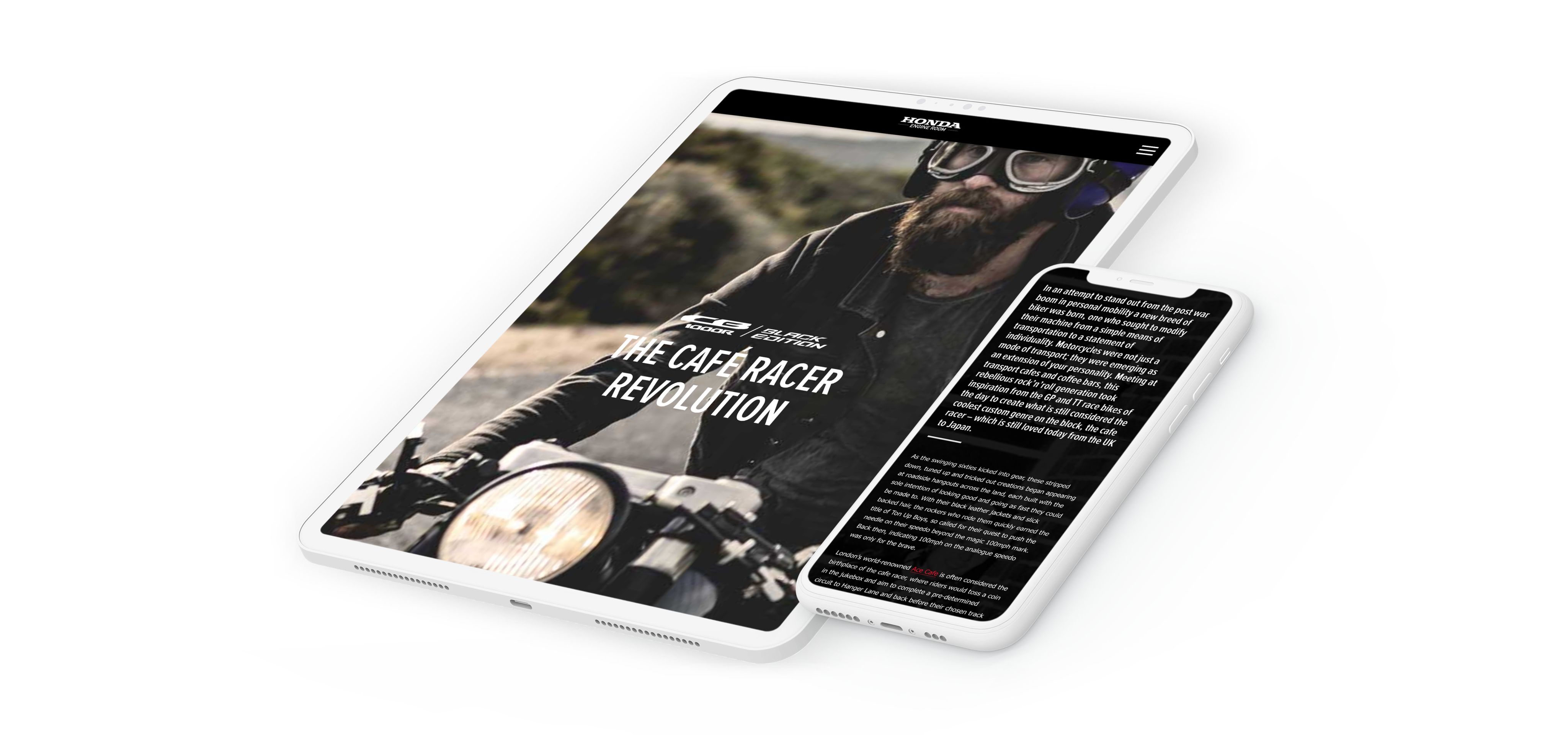
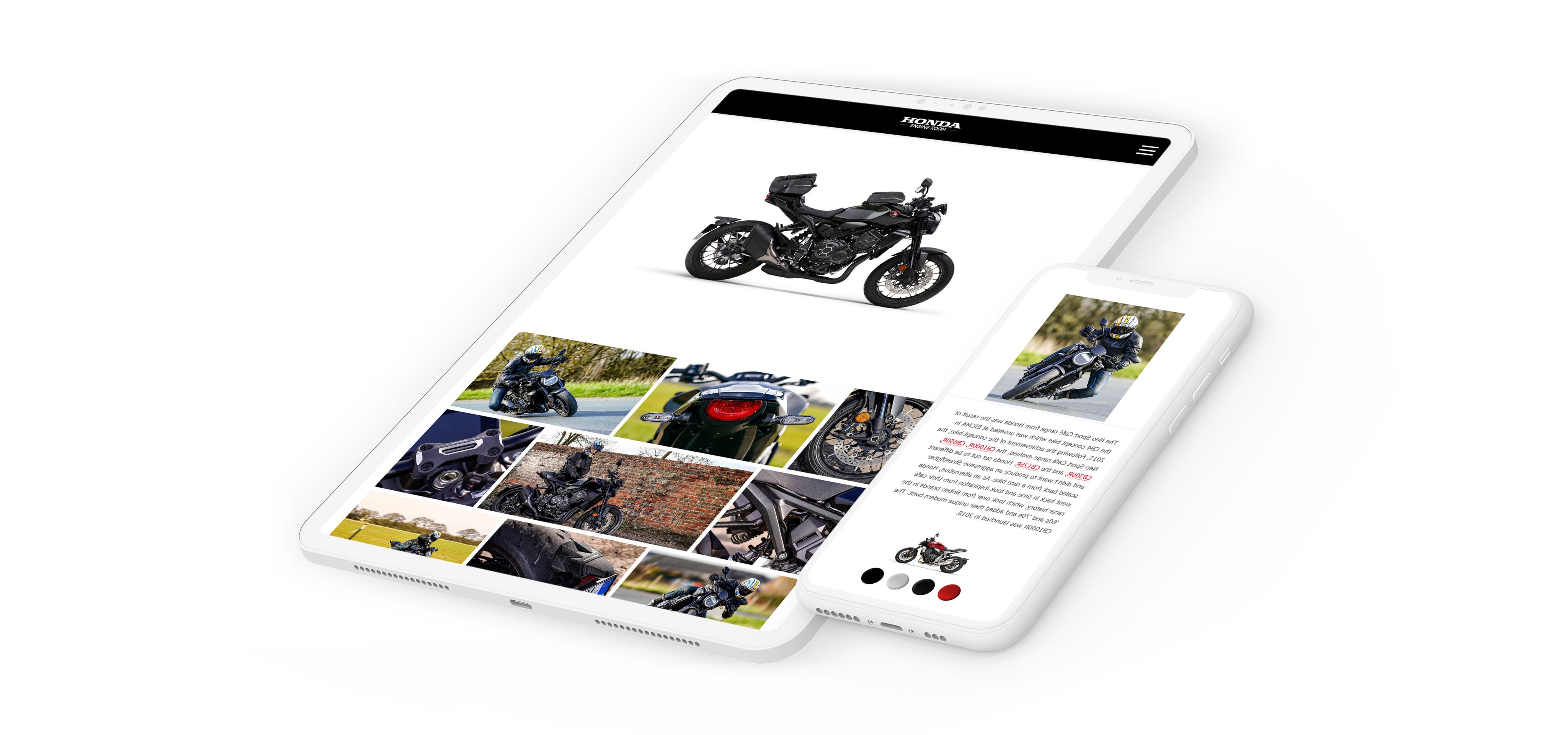
Looking to craft your own immersive visual story? Publish your first story with Shorthand.


